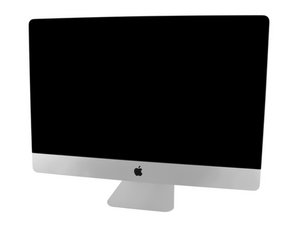Replacing HD portion of Fusion Drive with SSD
Hi
I want to replace the HD in my iMac 27" 5k systems Fusion Drive with a SSD.
Can I run this iMac with a 24 G flash drive on motherboard (apparently this flash drive is not yet upgradeable?) and this new SSD (in the place of the HD)
Essentially I would have 2 SSD drives (one big and one small)
How do I set it up after the install?
Is this a good question?

 3
3  5
5 
 974
974 




3 Comments
Can you give us the make and model of the SSD you want to put in to replace the current HD. You also talk about upgrading the current SSD as well here which is a 24 GB SSD? Are you asking if you can put in a 2 TB PCIe blade drive in in place of what you have now? Also what is the exact config your iMac has now HD & SSD.
by DanJ
Hi
I am not sure what make HDD Apple use
This is a fairly new 27 inch Imac with a 1T fusion drive . It is not a hybrid fusion drive-it is as it came from apple.
My conern is if i just replace the HDD portion of the fusion drive with a SSD and leave the 24G flash portion as is in the motherboard wil the imac just runnir do i need to change the setup or settings of the hardware.
thx for the help
by piet
OK, lets review then what you have: a Stock 1 TB HD and a 24 GB SSD setup as a Fusion Drive. FYI: Apple slims 1 TB Fusion Drive down to a measly 24 GB of flash storage
by DanJ